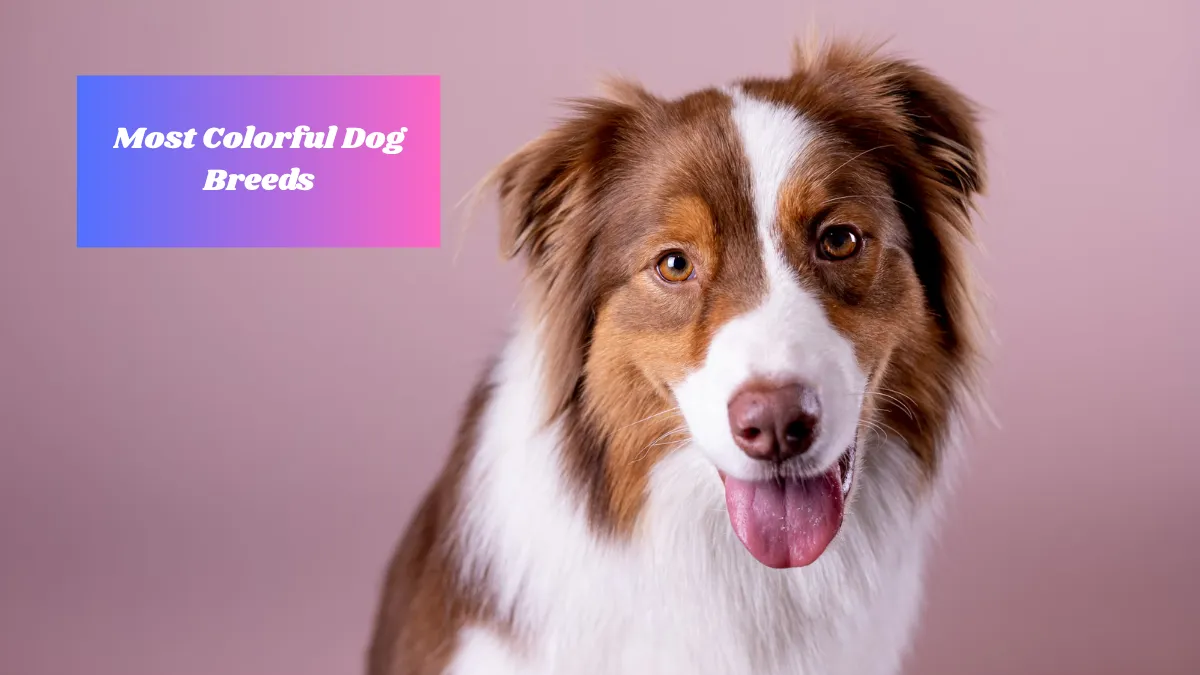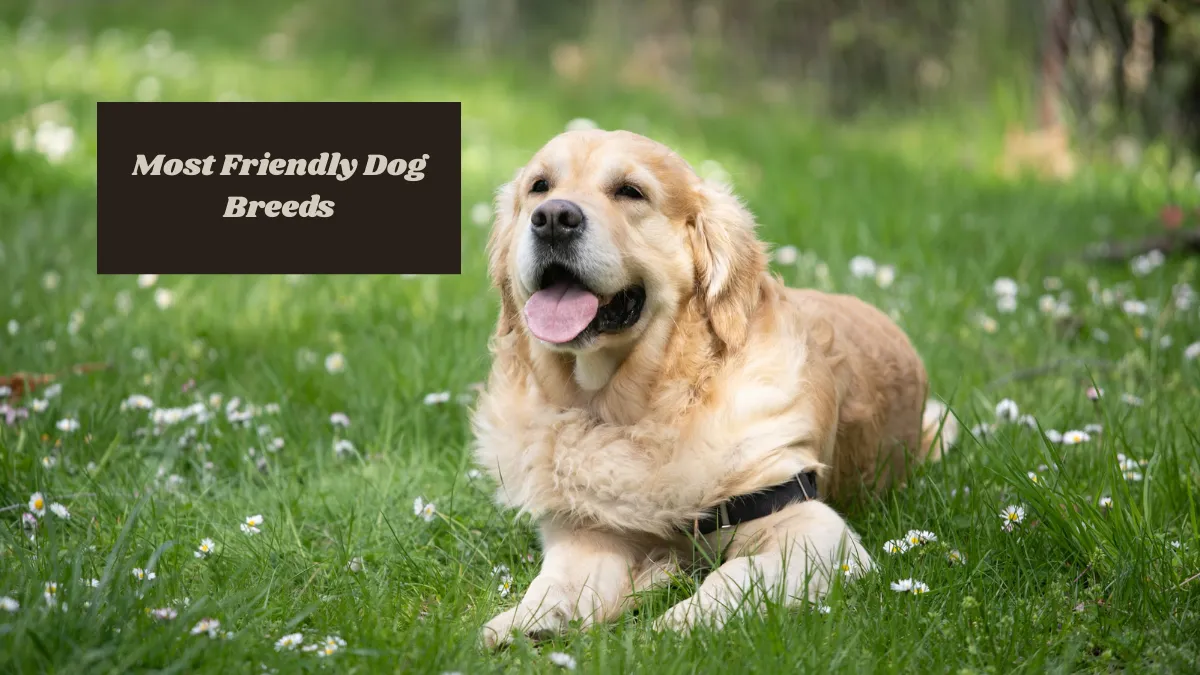When choosing a dog, many people look for companionship, loyalty, and affection. However, not every dog thrives on constant human interaction. Some breeds are naturally more independent, preferring space, solitude, and self-direction. These dogs are perfect for experienced owners who respect their autonomy and enjoy a pet with a strong, self-reliant personality. In this article, we’ll explore nine of the most independent dog breeds and what makes them uniquely self-sufficient.
What Does It Mean for a Dog to Be Independent?
Independent dogs often have a strong sense of self and don’t require constant attention or validation. They were typically bred for jobs that required them to think and act without human guidance, such as hunting, guarding, or herding. While they can form close bonds with their families, these dogs enjoy alone time and don’t crave constant interaction.
They’re intelligent, capable of entertaining themselves, and can sometimes be perceived as stubborn or aloof. However, with the right training and environment, independent breeds can be loyal and devoted companions.
Basenji
The Basenji, often dubbed the “barkless dog,” comes from Central Africa where it was used to hunt small game. Known for its unique vocalization, the Basenji produces a yodel-like sound instead of barking. Its independence stems from its hunting background, where it needed to make decisions without human input.
This breed is intelligent, curious, and active. While Basenjis bond with their families, they aren’t overly needy and are known for their cat-like grooming habits. They require consistent training and mental stimulation to avoid boredom. Ideal for those who appreciate a quiet, self-contained dog, the Basenji is both charming and autonomous.
Shiba Inu
The Shiba Inu, a spirited breed from Japan, is renowned for its boldness and fox-like appearance. Originally bred for hunting, Shibas are naturally alert, agile, and determined. Their independent nature means they often prefer doing things their own way. This breed is intelligent but can be stubborn, which may present training challenges.
However, with consistency and positive reinforcement, they learn quickly. Shiba Inus are generally clean and reserved, forming strong but quiet attachments to their owners. Their calm demeanor and self-sufficiency make them well-suited for owners who value a companion that doesn’t demand constant attention.
Afghan Hound
The Afghan Hound stands out with its elegant appearance and graceful movement. Hailing from the mountainous regions of Afghanistan, this breed was developed to hunt large prey in challenging terrains.
Afghan Hounds had to rely on their own judgment, which contributes to their independent mindset. These dogs are often described as aloof and selective in their affections. While they can be affectionate with family, they don’t cling or seek constant praise. Their thick coat requires regular grooming, but their temperament is low-maintenance. For those drawn to a refined and autonomous dog, the Afghan Hound makes an exceptional companion.
Chow Chow
The Chow Chow is a distinctive breed originating from ancient China, known for its lion-like mane and dignified demeanor. Bred for various roles including guarding and pulling carts, Chows developed a highly independent nature. They often attach to one or two family members but remain reserved around strangers.
Chow Chows are strong-willed and intelligent but not naturally obedient, so early and firm training is essential. They value personal space and do best with owners who respect their boundaries. Their loyalty is deep, but their affection is subtle. For an owner who appreciates a calm, self-assured dog, the Chow Chow is ideal.
Alaskan Malamute
The Alaskan Malamute is a powerful working breed originally developed for sledding in the Arctic. This breed is strong, resilient, and used to operating independently in harsh conditions. Malamutes are social but not clingy, often content with their own company after exercise. Their intelligence and willful personality can pose training challenges, so consistent leadership is crucial. While they enjoy being part of a family, they don’t constantly seek attention.
They also have a vocal nature, often communicating through howls and grumbles. For active individuals or families who understand their strength and independence, the Malamute is a rewarding companion.
Scottish Terrier
The Scottish Terrier, or Scottie, is a small but confident breed originally bred in Scotland to hunt vermin. Despite its size, the Scottie has a bold and self-reliant personality. These dogs are intelligent and observant, often acting independently. They tend to bond closely with their families but are not overly affectionate.
Scotties prefer to explore and assess situations before engaging. They require consistent training, as their stubborn streak can make them resistant to commands. Still, their loyalty is strong, and they make excellent watchdogs. Owners who enjoy a dignified and independent companion will find the Scottie a delightful choice.
Akita
The Akita is a dignified and powerful breed that originated in Japan. Traditionally used for guarding and hunting, Akitas are known for their quiet confidence and strong protective instincts. These dogs are naturally independent, forming deep bonds with their families while remaining aloof with strangers.
Akitas require a firm, experienced owner to guide their strong personalities. They’re clean, often grooming themselves, and do not usually bark without cause. While affectionate with loved ones, they do not demand constant interaction. If you want a loyal but self-sufficient companion, the Akita is a breed that commands respect and gives loyalty in return.
Greyhound
Greyhounds, known for their speed and grace, are surprisingly laid-back and independent. Originally bred for hunting and racing, these dogs are sighthounds that rely on quick decisions and visual acuity. While they enjoy human companionship, Greyhounds are also content spending time alone, especially after a good run or walk.
They are clean, gentle, and quiet, often preferring to lounge around the house. Though affectionate, they are not overly demanding and usually bond with their owners in a subtle way. For those who seek a peaceful, low-maintenance, and independent dog, the Greyhound is a perfect match.
Tibetan Mastiff
The Tibetan Mastiff is a large, powerful breed with a strong instinct for guarding. Originating from the Himalayas, these dogs were bred to protect livestock and property with little supervision. As a result, Tibetan Mastiffs are incredibly independent, often making decisions without looking to humans for guidance.
They are intelligent, reserved, and territorial, making them excellent protectors. While they can be affectionate with family, they prefer limited interaction and need space to feel comfortable. Training should start early and be consistent. Ideal for experienced dog owners, the Tibetan Mastiff offers a loyal, watchful, and self-reliant presence in the home.
Final Thoughts
Independent dog breeds are not for everyone, but for the right owner, they offer unmatched loyalty, intelligence, and character. These breeds thrive when they are respected for their autonomy and given the space to be themselves. They may not always follow commands on cue, but their unique personalities and quiet devotion make them exceptional companions. If you’re drawn to a pet that values personal space yet remains fiercely loyal, an independent dog breed could be the perfect fit for your lifestyle.
FAQs
What are independent dog breeds?
They are dogs that prefer autonomy, think for themselves, and need less attention than more dependent breeds.
Are independent dogs good for first-time owners?
Usually not. Independent breeds need experienced handling and consistent training to manage their self-directed behavior.
Can independent dogs still form close bonds?
Yes, they can be deeply loyal to their families but show affection in subtle and reserved ways.
Do independent breeds require less exercise?
Not necessarily. Many are active and need regular physical and mental stimulation despite their self-sufficient nature.




